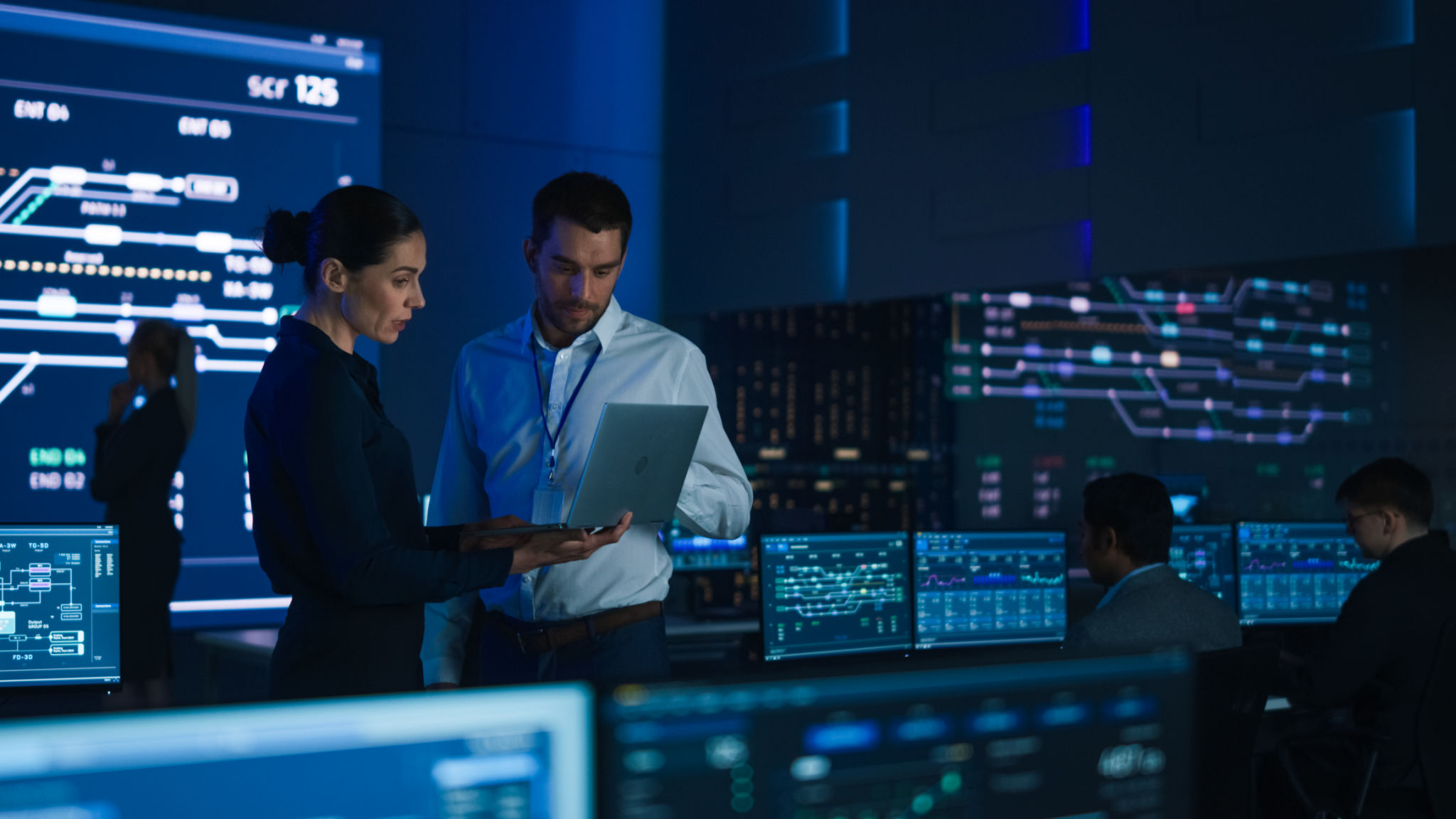Mitre Mapping Automation vs. Manual Processes: Which is More Effective?
Introduction to Mitre Mapping
In today's fast-paced world, organizations are continuously seeking ways to enhance their cybersecurity measures. One such method gaining popularity is Mitre Mapping. This framework helps organizations understand and respond to cyber threats effectively. However, a critical decision they face is whether to rely on automation or stick to traditional manual processes. In this blog post, we will explore these options and determine which approach might be more effective for your organization.

The Case for Automation
Automation in Mitre Mapping offers numerous benefits. It significantly reduces the time and effort required for threat analysis. By utilizing automated tools, organizations can quickly scan and identify potential threats, ensuring rapid response and mitigation. This is particularly beneficial in environments where cyber threats are constantly evolving.
Moreover, automated processes provide consistent and accurate results. The risk of human error is minimized, leading to more reliable threat detection and analysis. Additionally, automation allows for scalability, accommodating the growing volume of data and complexity of modern cyber threats.

Efficiency and Speed
One of the standout advantages of automation is its ability to perform tasks at unparalleled speed. With automated tools, what might take a team of analysts several hours can be accomplished in minutes. This efficiency ensures that organizations remain proactive rather than reactive in their cybersecurity efforts.
The Advantages of Manual Processes
While automation offers several benefits, manual processes still hold significant value in Mitre Mapping. Human intuition and expertise are irreplaceable when interpreting complex threat patterns or anomalies that automated systems might overlook. Experienced analysts can provide insights that go beyond what machines can analyze.
Manual processes also allow for greater flexibility. Analysts can adapt their strategies on the fly, tailoring their approach based on unique circumstances or specific organizational needs. This adaptability is a crucial component in handling sophisticated threats.

Deep Analysis and Insight
Human analysts bring a depth of understanding that machines currently cannot replicate. Their ability to contextualize data and draw on experience allows for more nuanced decision-making. This can be particularly important in industries where compliance and regulatory measures require detailed reporting and documentation.
Choosing the Right Approach for Your Organization
The decision between automation and manual processes in Mitre Mapping largely depends on your organization's specific needs and resources. For some, a hybrid approach might be the most effective solution, combining the speed and consistency of automation with the insight and flexibility of manual analysis.
Organizations with limited resources might lean more towards automated solutions to maximize efficiency, while those with complex threat landscapes may benefit from maintaining a strong team of human analysts.

Conclusion
In the debate between Mitre Mapping automation versus manual processes, there is no one-size-fits-all answer. Each approach has its strengths and limitations, and the most effective strategy often involves a thoughtful combination of both. By evaluating your organization's unique needs, you can make an informed decision that enhances your cybersecurity posture and ensures robust threat management.